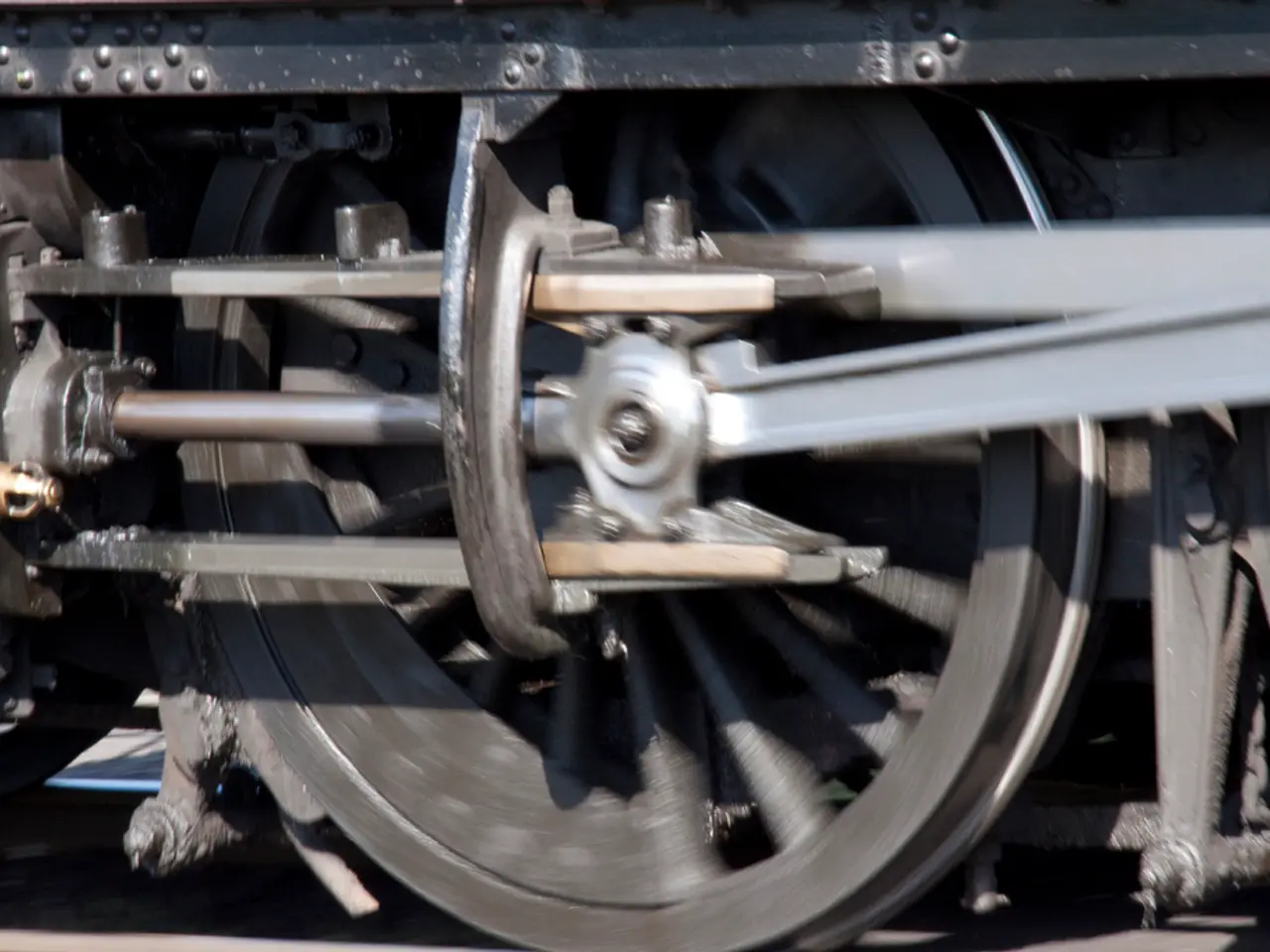ICE's latest model, the L, has finally received approval, albeit one year behind schedule.
The highly anticipated ICE L trains, manufactured by Talgo, are set to revolutionize long-distance travel within Germany. Originally scheduled for operation in the fall of 2024, the deployment of these trains has been delayed due to delivery issues with the manufacturer and delays in the testing and approval process[1][2][3].
The ICE L trains are part of Talgo's Talgo 230 family and boast a low-floor entry design, with a floor height of 760 mm, ensuring step-free access for passengers, including those with reduced mobility[2][4]. The "L" in ICE L explicitly stands for "low-floor", emphasizing this accessibility feature.
These trains are slated to replace DB's older locomotive-hauled intercity trains from the 1980s, offering modernized comfort and efficiency. They will be equipped with newly developed DB Class 105 locomotives with a top speed of 160 km/h and advanced train control systems[1][5]. The operational start is now projected for December 2025[1][2][3].
The low-floor design means the train's entry is closer to platform height, allowing barrier-free boarding without steps, a recognized standard in universal design to help elderly, disabled passengers, or anyone with strollers or heavy luggage board more easily[2][4].
In addition to their accessibility features, the ICE L trains will also offer mobile-friendly windows and improved seating. The trains visually resemble an IC more than an ICE[6].
Initially, the ICE L trains will operate between Berlin and Cologne within Germany[6]. Deutsche Bahn has announced that four of the new trains are scheduled to enter service this year, with nine more to follow in 2026[7].
The new interior design of the ICE L trains will incorporate "residential materials", offering a comfortable and modern travel experience[6]. The ICE L has received approval for operation in Germany, marking a significant step forward in terms of passenger inclusivity and modernization in Deutsche Bahn’s long-distance fleet[8].
References:
[1] Deutsche Bahn (2022). ICE L: The New Long-Distance Train. Retrieved from https://www.bahn.com/en/view/index.shtml?db=WBEN21&lang=1&spg=100003718&p=region®ion=DE®ion=DE®ion=DE®ion=DE®ion=DE®ion=DE®ion=DE®ion=DE®ion=DE®ion=DE®ion=DE®ion=DE®ion=DE®ion=DE®ion=DE®ion=DE®ion=DE®ion=DE®ion=DE®ion=DE®ion=DE®ion=DE®ion=DE®ion=DE®ion=DE®ion=DE®ion=DE®ion=DE®ion=DE®ion=DE®ion=DE®ion=DE®ion=DE®ion=DE®ion=DE®ion=DE®ion=DE®ion=DE®ion=DE®ion=DE®ion=DE®ion=DE®ion=DE®ion=DE®ion=DE®ion=DE®ion=DE®ion=DE®ion=DE®ion=DE
The "L" in ICE L signifies the low-floor design, promoting barrier-free boarding and step-free access for all passengers, including the elderly, disabled, and those with strollers or heavy luggage.
The deployment of the ICE L trains, offering improved seating, modernized comfort, and accessibility features, is now expected to begin in December 2025, with a strategy for finance, vocational training, and transportation yet to be announced in Deutsche Bahn's community policy.





